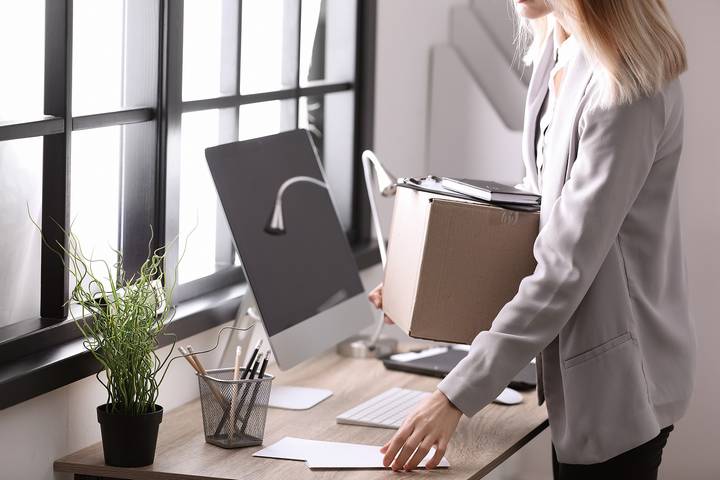
How to Safely Pack a Computer for Moving
A bulky, heavy desktop computer doesn’t have an obvious packing method for a move. Your computer, of course, probably comprises not only a desktop but also its monitor, keyboard, mouse, and other accessories you have in your setup. None of these components you want accidentally broken during loading, transportation, or unloading.
Due to the differences in size between modes, there is no standard moving box for a computer. It’s all up to you. How to pack a computer for moving matters, especially when you are putting it in storage. Here’s how to do it.
1. Back Up All Your Files
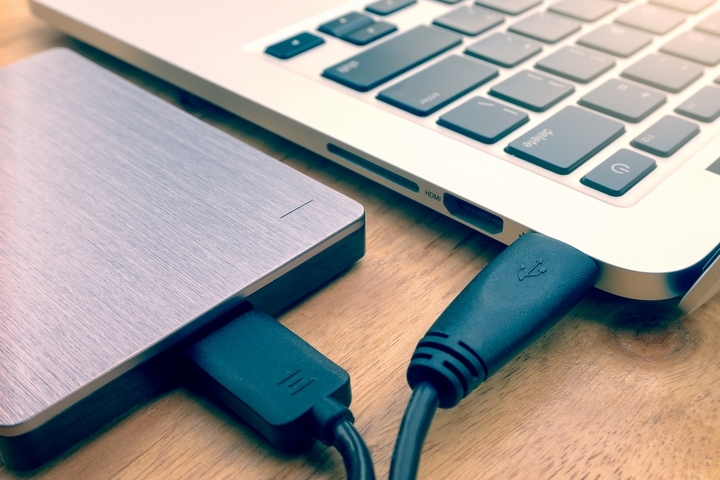
Firstly, anything can happen. Even if you pack right, accidental damage can still happen. This is especially true with older computers. To be safe, back up all your files, photos, and important documents on a separate hard drive.
2. Find a Rigid Cardboard Box

To pack a computer for moving, you will need a rigid cardboard box slightly larger than your computer. Ensure the box is well-built and taped on the bottom to avoid the weight of the desktop breaking through.
If you have the original box that the computer came in, that’s even better because you know it has already been used to safely move your computer.
3. Reinforce The Bottom Of The Box

Many protect the top and sides of their computer but not the bottom. Reinforce the bottom of your packing box with tape, clothes, a pillow, or something similar.
You don’t want to create an uneven surface, but you want to add a little padding so that if there is a collision of some kind with the computer box from the bottom, there is at least some protection.
4. Use Anti-Static Materials

Throughout this article, you will see many instructions about wrapping your electronics. Anything used to wrap your computer should be anti-static. Many PC components can be damaged by static electricity. Be sure to use anti-static bubble wrap – regular bubble wrap won’t do.
Do not use clothing made from wool which is prone to picking up static electricity. Take this step seriously, as you can easily ruin a hard drive, graphic card, and more in the wrong conditions.
5. Disconnect All Wires And Cables
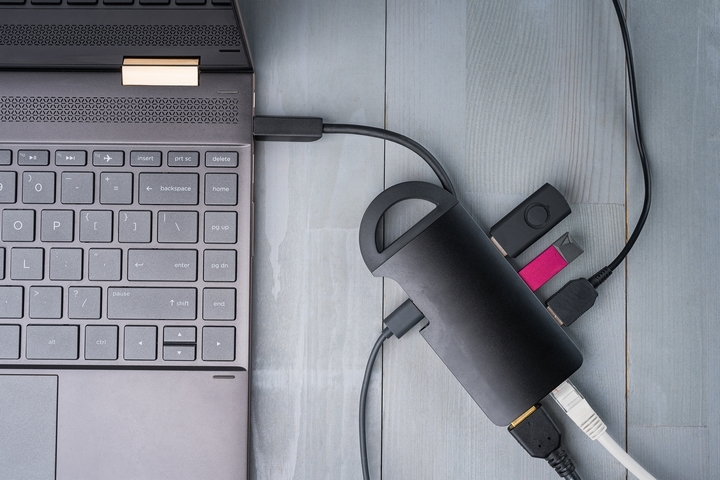
Disconnect all wires from the computer. There should be nothing left attached. Take all wires, keyboards, mice, speakers, external hard drives, Ethernet wire, or whatever else.
Bag these components and label them. You will be left with just the computer desktop, an easily-packed rectangular object much less difficult than a box with wires.
6. Wrap Your Computer Tower
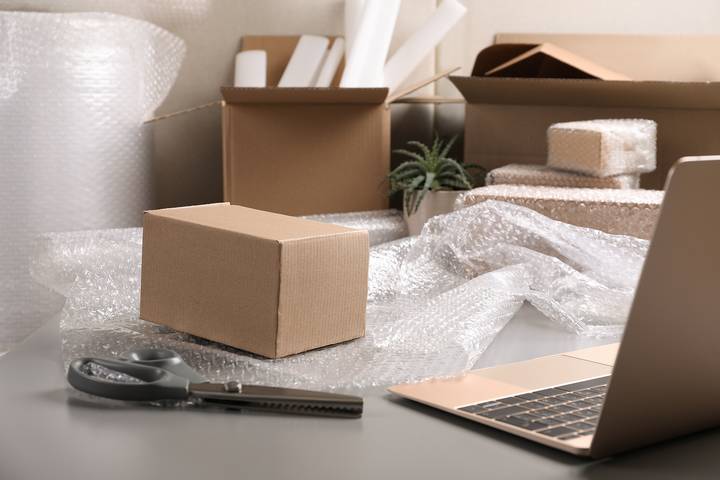
Wrap your computer with bubble wrap. You may also want to wrap and tape the inside of your packing box with the same material. This will maximize the safety and security of the computer tower.
7. Put Your Computer Inside the Box
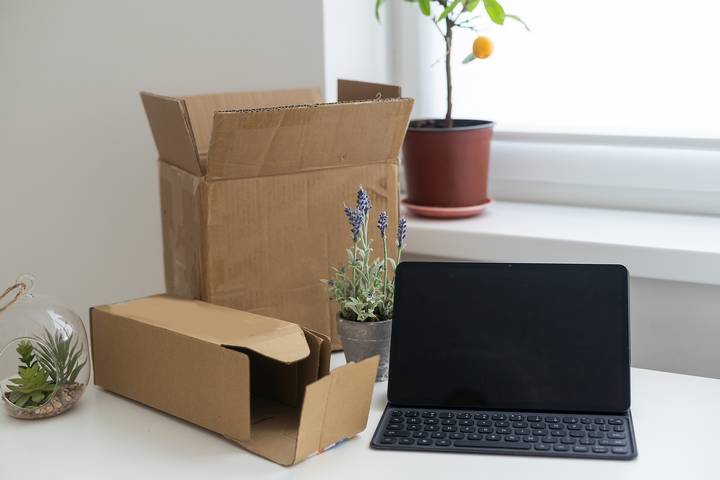
After your computer is wrapped in bubble wrap and taped, it is now safe to put it into your moving box. Do so securely and make sure it is standing in an upright position. A computer is made to maintain an upright position. You don’t want it on its side where it is more likely to be damaged during the move.
8. Wrap Your Monitor and Accessories
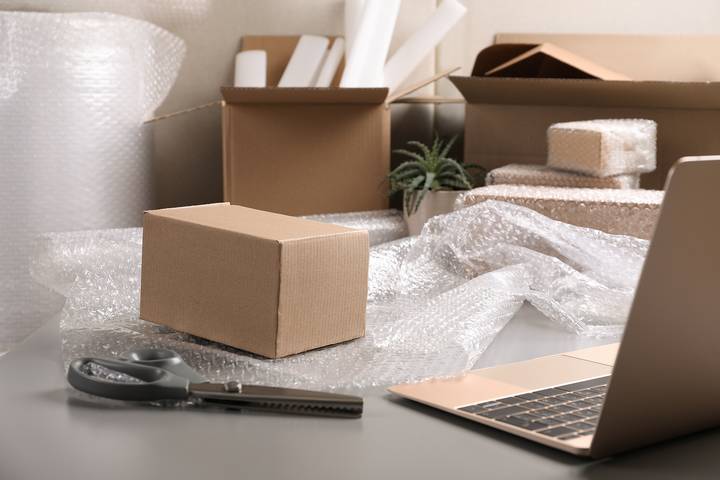
While wrapping and packing the tower, do the same with the computer monitor. Protect the screen. Wrap in bubble wraps your keyboard as well. If you have external hard drives or accessories also bulky in design, wrap those. Bubble wrap is your best friend in packing a computer for moving.
9. Packing Separately vs Together

To prevent a search for missing components when you’re unpacking, most people prefer to package accessories alongside their computer tower. If there’s space, that can work.
However, it is generally considered safer to pack computer accessories separate from the tower. This way, there is no friction between them in the box, no crushing, and no weight being put on different components.
10. Fill The Box With Packing Peanuts
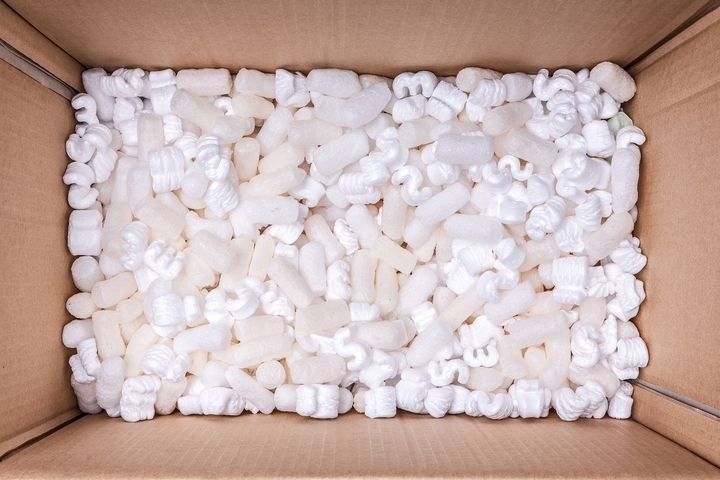
Put in lots and lots of packing peanuts. Fill your computer tower box up to the brim with packing peanuts. This will be your saving grace, providing more support and protecting your computer components. When done, close the box and seal it with tape.
Always seal it to avoid what’s inside accidentally falling out in the journey from your former home to your new home.
11. Give the Box A Gentle Shake

This is especially important if you’re transporting or shipping it long distances. Give your computer box a little shake. There should be no movement inside. Nothing. If you sense there is, reopen the box, add more packing peanuts, and do what you must to safely secure the computer.
12. Label and Mark Your Box
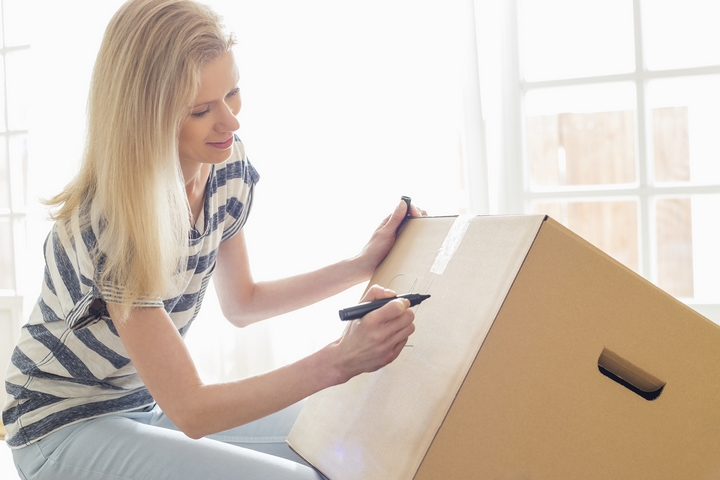
Label your computer boxes as fragile. Even if it’s just you and a friend moving, have that label so that there’s no confusion in the move. If you’re hiring a moving company or moving service, labelling ‘FRAGILE’ on your box is even more important. You want to make sure it’s being carried and moved with care.

